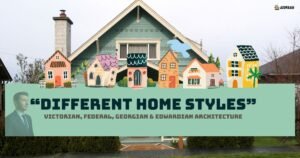When you walk through an old neighborhood, have you ever noticed how some houses feel fancy and elegant, while others look detailed and dramatic?
That’s because homes aren’t just buildings; they tell historic stories from different times, mostly in Britain. Over the years, various architectural styles have influenced the appearance of houses, and four of the most notable are Georgian, Federal, Victorian, & Edwardian.
In this guide, we’ll break down these classic home styles in a straightforward manner. By the end, you’ll be able to spot the differences and understand what makes each one special.
By the way, I am Damiano, and I have a wide range of experience in construction, Real Estate, and Home building. I am your go-to expert in this article, providing detailed descriptions and perspectives.
So, let’s begin !
Table of Contents
ToggleColonial / Georgian Architecture (1714 – 1830)
In the 1700s, four British kings named George ruled in succession. That’s where Georgian architecture got its name.
This style gained popularity in Britain, North America, and many other colonial regions. At that time, people loved clean lines, balance, and classic beauty. Builders were inspired by Roman and Greek architecture, so they focused on creating homes that looked neat, well-planned, and elegant.
Georgian architecture is closely linked to Colonial architecture in America. When European settlers built homes in the colonies, they followed basic Colonial designs with symmetry and practical layouts.
During the Georgian period (1714–1830), these homes became increasingly refined and elegant, featuring decorative details such as pediments, cornices, and high ceilings.
Georgian homes weren’t about being flashy; they were about order and harmony. Everything was carefully measured and placed, from the windows to the front door. This gave the houses a timeless, formal look that still turns heads today.
Key Features of Georgian Architecture
Georgian homes are easily identifiable due to their balanced and formal appearance. Everything is placed neatly and evenly, giving the house a strong and elegant appearance.
Here are some of the main features you’ll notice:
- Perfect symmetry is the primary hallmark, evident from the façade to the room layouts within.
- Homes are usually wider than they are tall, giving them a solid, balanced appearance.
- Front façade layout: typically five windows on the top floor, four on the bottom, with a centered front door.
- A center hall with a staircase is common, dividing rooms evenly and creating an organized flow.
- Brick or wood clapboard exteriors, depending on region; brick is common in southern colonies, wood in the north.
- Hipped roofs were standard, though gabled roofs were also popular.
- Double-hung sash windows are typical, often with decorative pediments or ornamental brick headers.
- Fanlights (arched windows above the door) and sidelights (narrow side windows) add elegance to entrances.
- Decorative elements, such as pediments, corner quoins, and brick patterns, enhance the visual appeal.
- Cornices, moldings, and trims around windows and doors give a polished and finished look.
- High ceilings and well-proportioned rooms make interiors feel spacious and airy.
- Wood paneling and decorative trim inside add richness and classic charm.
- Often features a symmetrical arrangement of chimneys to maintain balance.
- Interiors and exteriors are designed with meticulous attention to proportion and scale, reflecting the classical Roman and Greek influences.
- Balanced rooflines with dormers are sometimes included to break monotony and add light.
- Overall impression: formal, elegant, and timeless, with every element carefully planned for harmony.
This careful design made Georgian homes look elegant, well-organized, and timeless.
Famous Examples of Georgian Architecture with Pictures
Chiswick House (London, UK)
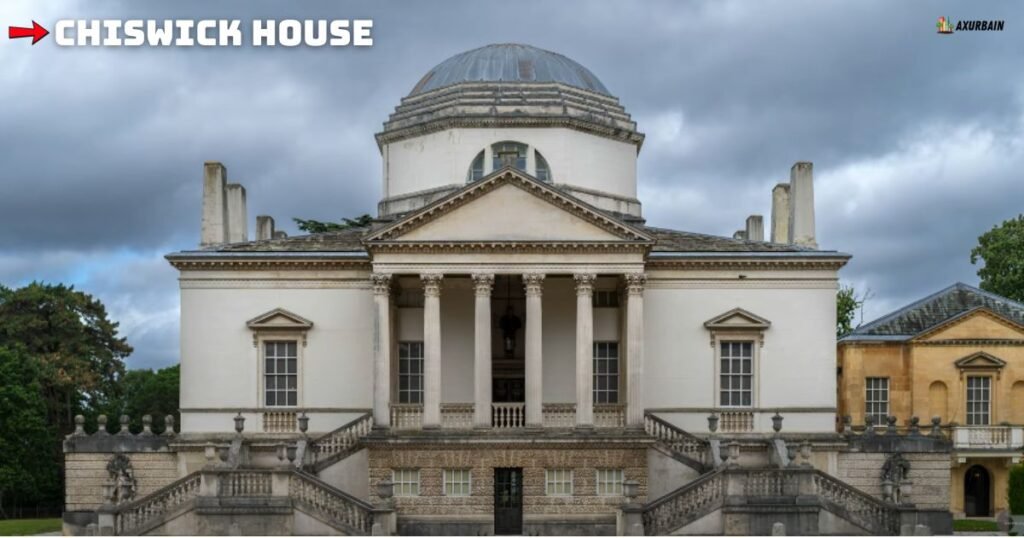
Built in the 1720s, this house is a perfect example of Palladian Georgian architecture. Its symmetrical layout, classical columns, and proportioned rooms make it stand out. The surrounding gardens also follow geometric designs, showing how Georgians valued harmony between building and nature.
Royal Pavilion (Brighton, UK)
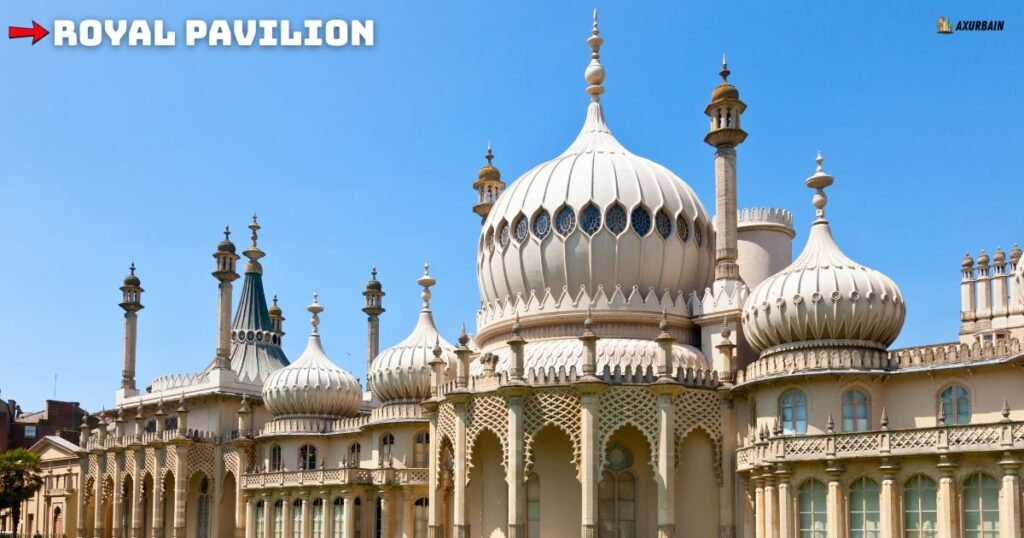
Originally a modest Georgian seaside retreat, it later acquired exotic touches; however, its original symmetrical structure, balanced windows, and central entrance reflect the principles of Georgian architecture. It’s a great example of how Georgian style could adapt yet maintain elegance.
Storey Georgian Mansion (USA)
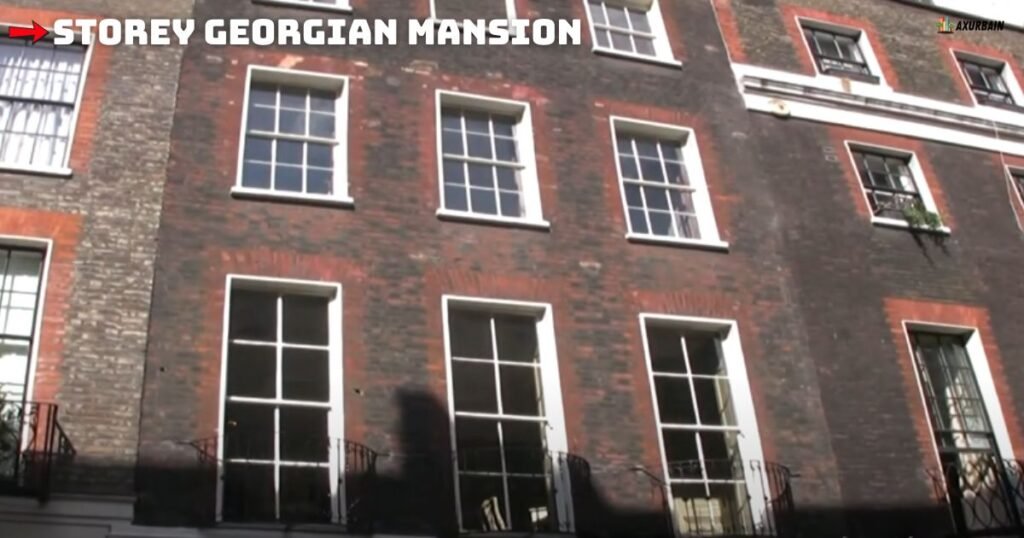
A classic Georgian home with a red brick façade, a centered door with a fanlight, and evenly spaced windows. Its interior often features high ceilings, decorative paneling, and a grand staircase, showing how Georgian homes combined practical layouts with refined elegance.
Drayton Hall (South Carolina, USA)
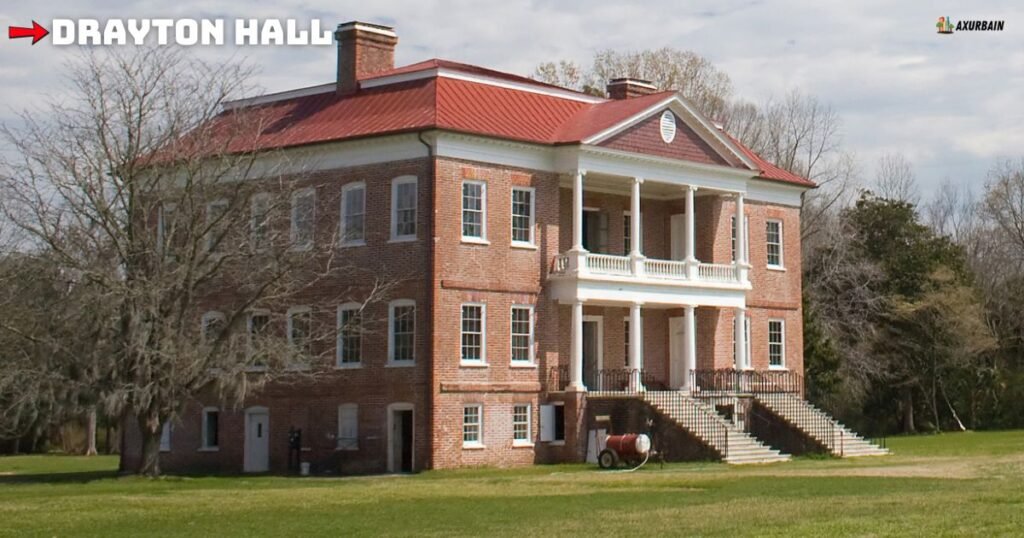
One of the best-preserved Georgian plantation homes in America. Its brick exterior, symmetrical façade, large windows, and decorative moldings make it a standout. Inside, grand rooms and high ceilings show how Georgian homes blended beauty with functionality, even on large estates.
Ever thought about in the urbanization and development which things effect us. Explore the full guide here.
Federal Architecture (1780 – 1840)
Following the American Revolution, a new architectural style emerged, known as Federal architecture. It evolved from Georgian architecture, adding a lighter, more delicate touch. While Georgian homes were formal and balanced, Federal homes emphasized elegance and refinement, often featuring curved lines and decorative details.
This style gained immense popularity in the United States, reflecting the young nation’s desire for a sophisticated yet distinctly American aesthetic. Federal architecture retained the classical influence of Roman and Greek designs, but made homes feel lighter, taller, and more graceful than their Georgian predecessors.
Key Features of Federal Architecture
- Rectangular, two- or three-story structures, usually two rooms deep, giving a balanced yet slightly taller appearance than Georgian homes.
- Taller, narrower windows that make the façade appear more vertical and graceful.
- Elliptical, circular, or fan-shaped windows add elegance and are often featured above doors or incorporated into decorative elements.
- Palladian windows (arched center with rectangular sides) are common, showing classical inspiration in a refined way.
- Low-pitched or sometimes flat roofs, less steep than Georgian homes, give a lighter profile.
- Smooth brick or clapboard siding, depending on location, wood in the North, brick in the South, just like Georgian homes.
- Subtle decorative elements such as swags, garlands, urn motifs, and simple columns or moldings. These are less ornate than Georgian details, creating a cleaner, understated elegance.
- Slightly asymmetrical wings or additions were acceptable to improve functionality without harming overall balance.
- Smaller rooms, sometimes oval or octagonal, with simpler moldings and restrained decoration, focusing on grace and proportion rather than lavish detail.
- Entryways often feature fanlights above doors and sidelights, giving a welcoming yet classy feel.
Federal architecture is elegant, light, and practical, combining classical influences with American creativity. It feels more airy and graceful than Georgian homes while keeping the timeless charm of balance and proportion.
Famous Examples of Federal Architecture with Pictures
Massachusetts State House (Boston, USA)
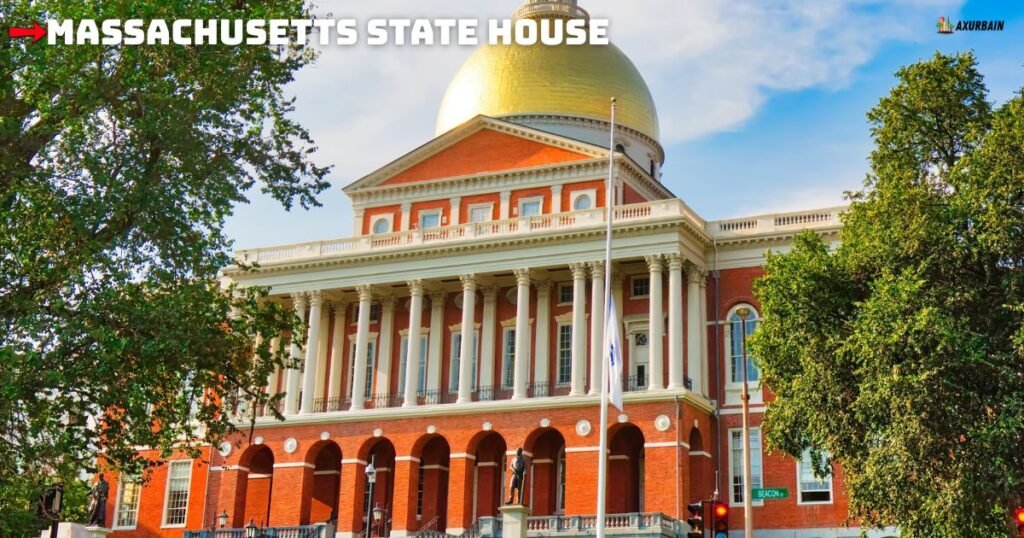
Designed by Charles Bulfinch, this building exemplifies the classic Federal style, featuring a golden dome, symmetrical façade, and elegant columns. It’s a perfect mix of grace and authority.
The White House (Washington, D.C., USA)
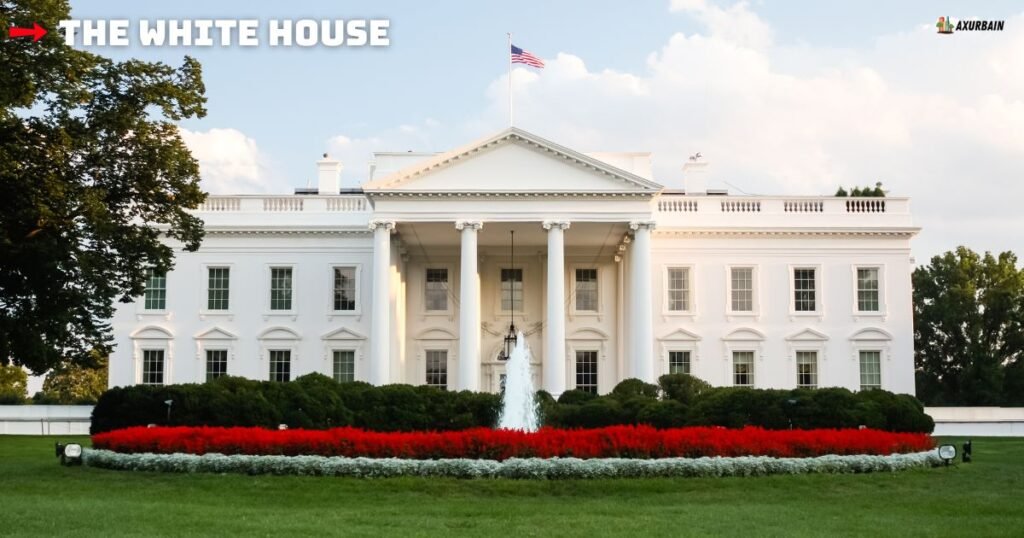
One of the most iconic Federal-style buildings. Its tall windows, low-pitched roof, and fanlights above doors reflect the refined elegance of the style.
Hamilton Hall (Salem, Massachusetts, USA)
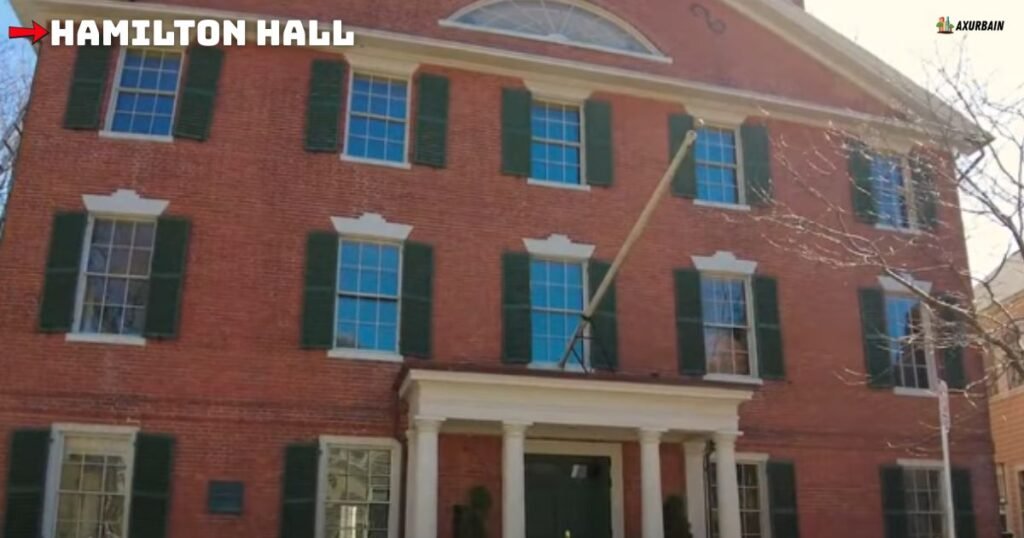
A classic Federal mansion with Palladian windows, decorative swags, and a balanced façade, showing how Americans embraced the style for grand townhouses.
Octagon House (Washington, D.C., USA)
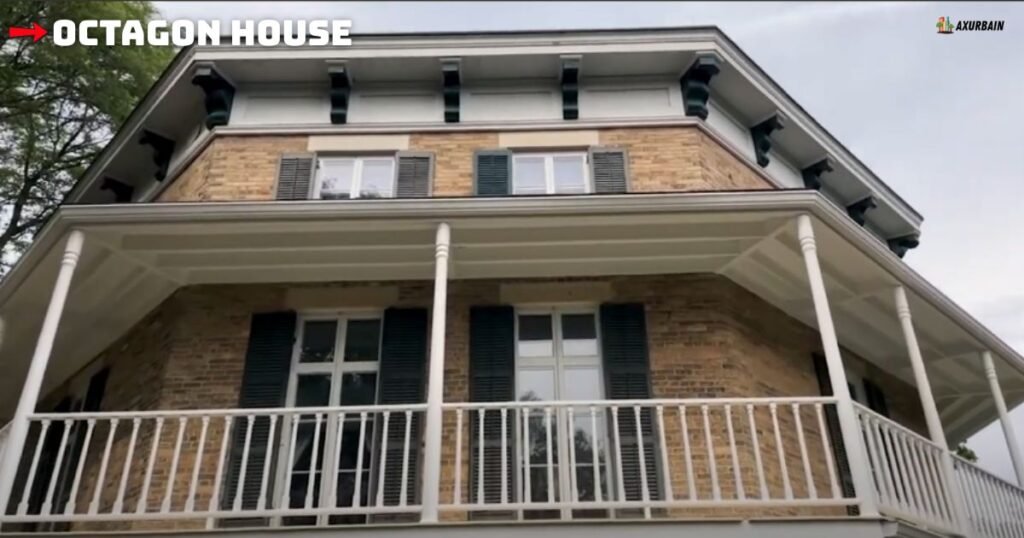
Known for its unique octagonal rooms, elegant moldings, and tall, narrow windows. It highlights the Federal style’s focus on proportion and interior refinement.
Telfair Academy (Savannah, Georgia, USA)
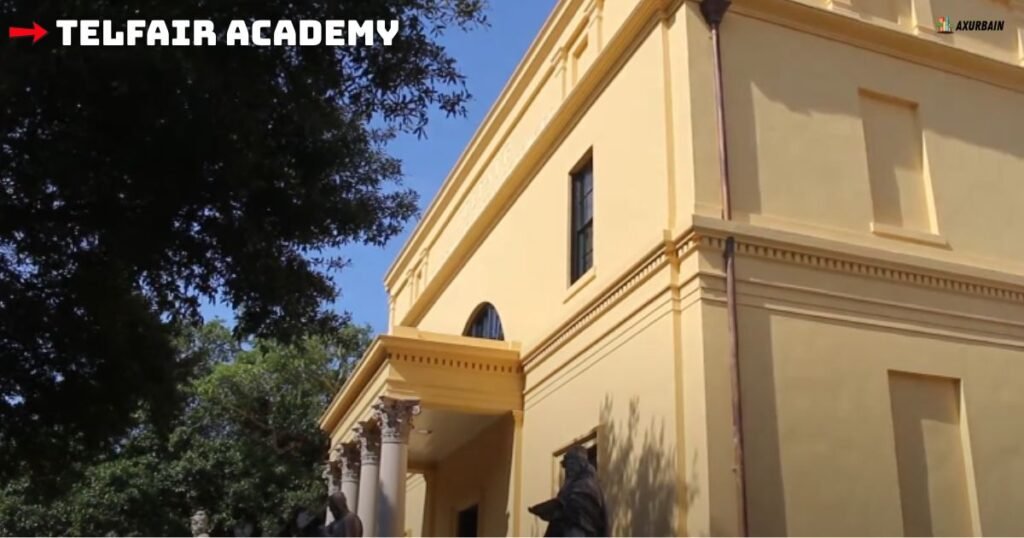
A Federal-style mansion with a brick exterior, low-pitched roof, and fanlights over the entrance, combining classical design with American craftsmanship.
Joseph Manigault House (Charleston, South Carolina, USA)
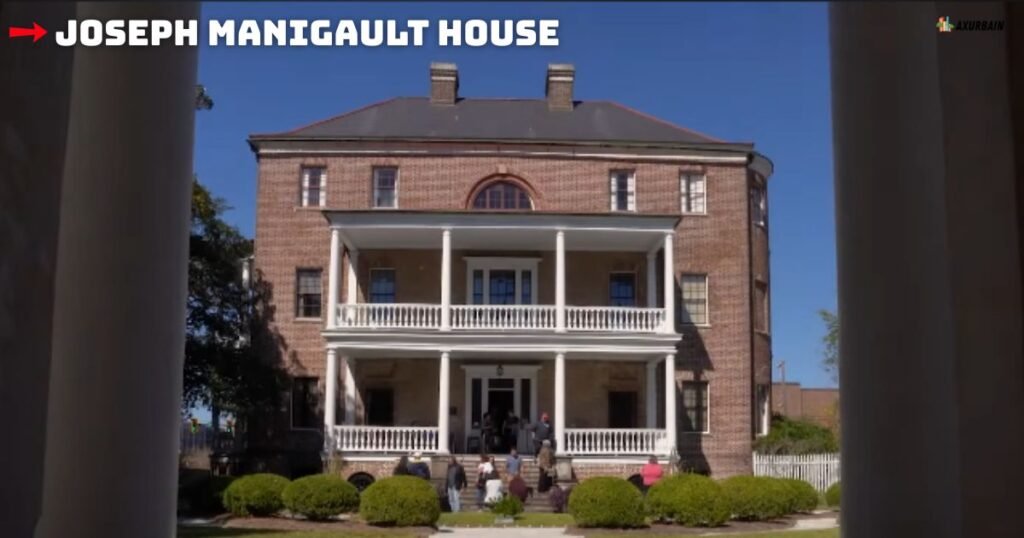
A prime example of Federal elegance in the South, with symmetrical layout, smooth brick walls, and subtle decorative details, perfect for showcasing understated sophistication.
Read More: The Importance of Micro-Climate Creation for Urban Living
Victorian Architecture (1837 – 1901)
Victorian architecture is named after Queen Victoria and encompasses a diverse range of styles, including Gothic Revival, Italianate, Queen Anne, and others.
Unlike Georgian or Federal homes, Victorian buildings are not just one style; they are diverse, decorative, and full of personality.
This style gained popularity during the Industrial Revolution, when new machines enabled the mass production of intricate details. That meant builders could add decorative trims, patterned bricks, and elaborate woodwork without incurring a significant expense.
As a result, Victorian homes often stand out for their elaborate designs, vibrant colors, and creative shapes, which show the era’s love for ornamentation and innovation.
Victorian architecture is characterized by drama, character, and visual appeal, making it distinct from the balanced and restrained Georgian or Federal styles.
Key Features of Victorian Architecture
Here are the main features:
- Highly decorative and eclectic, mixing different design elements for a bold look.
- Bright or patterned brickwork with wood trims and decorative shingles for extra style.
- Asymmetrical layouts, with rooms and wings arranged for function and flair.
- Steeply pitched roofs with ornate gables are sometimes perfect for attic conversions.
- Tall, narrow windows and stained glass panels. Bay windows create cozy spaces for reading or relaxing.
- Turrets or small towers give the house a dramatic silhouette.
- Intricate woodwork, including gingerbread trims and carved porch railings.
- Front porches with brick bases add charm and welcoming spaces.
- Narrow hallways and geometrically tiled floors in the entryways demonstrate Victorian attention to detail.
- Fireplaces in many rooms make interiors warm and inviting.
- Wooden floors and paneling add a natural elegance to the interior.
Famous Examples of Victorian Architecture With Pictures
Osborne House (Isle of Wight, UK)
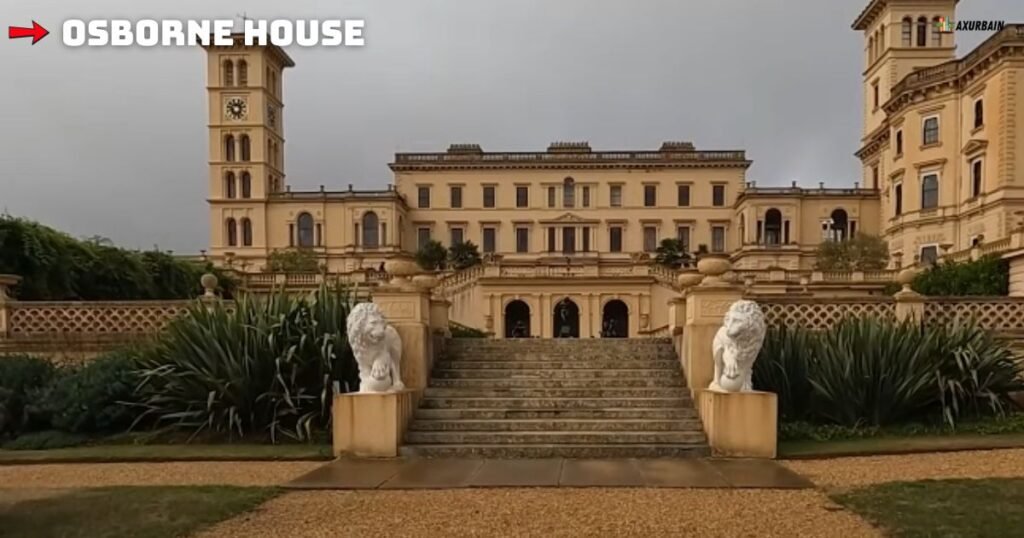
Queen Victoria’s family home. It features towers, ornate trim, and bright façades. The gardens and seaside views make it stand out.
Carson Mansion (Eureka, California, USA)
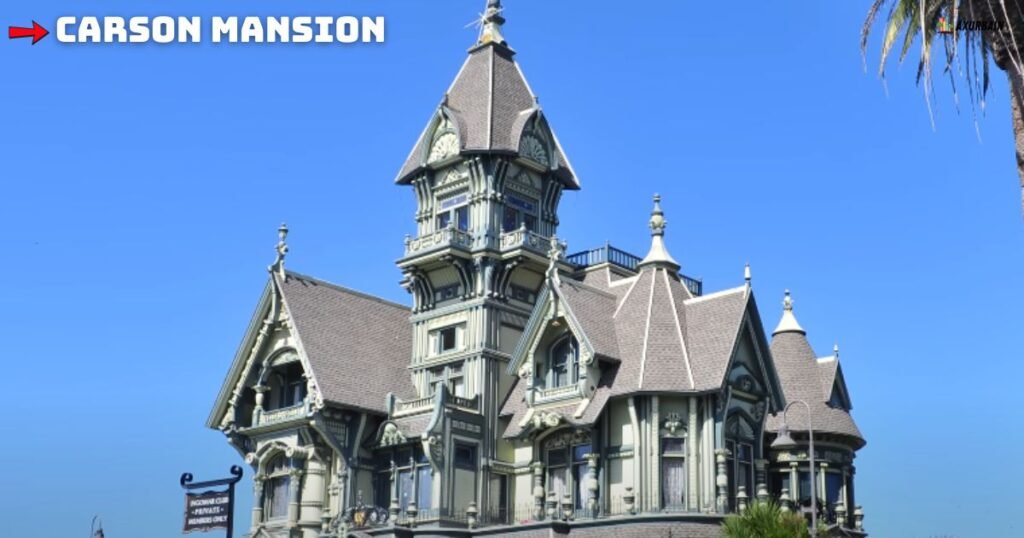
One of the most famous Victorian homes in America. It has turrets, stained glass windows, and decorative woodwork that showcase the style’s drama and creativity.
Royal Albert Hall (London, UK)
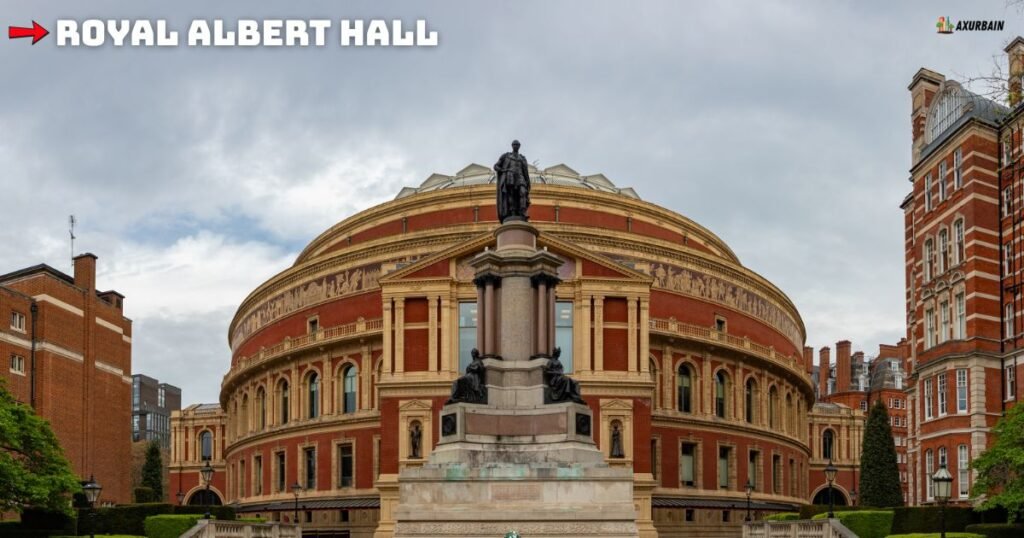
A public building with Victorian design elements. Its brick patterns, arches, and detailed façades reflect the period’s love for decoration and grandeur.
Painted Ladies (San Francisco, USA)
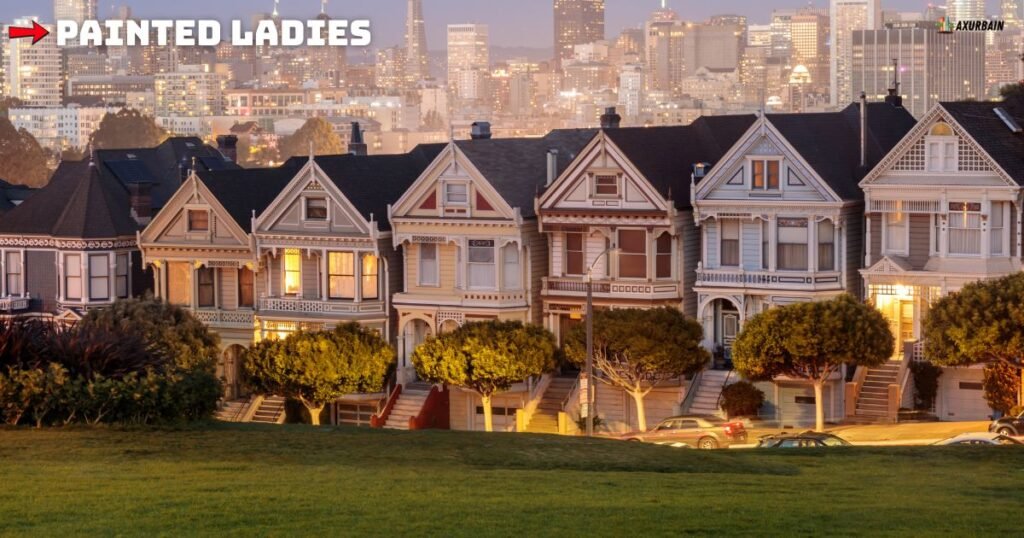
A row of Victorian houses with bright colors, bay windows, and intricate trim. They are famous for their charm and have appeared in many films and photographs.
Palace of Westminster (London, UK)
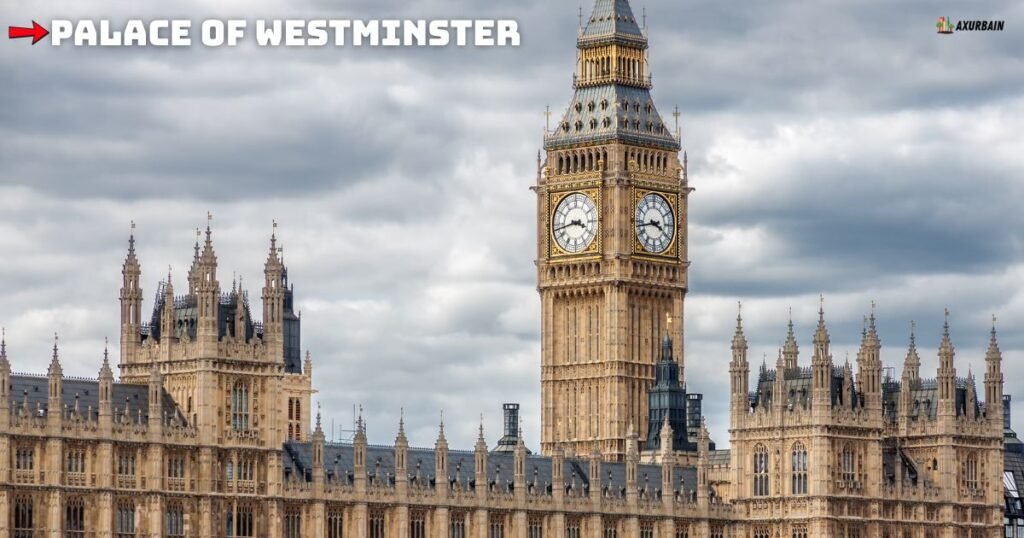
Also known as the Houses of Parliament. Its Gothic Revival Victorian style includes towers, ornate spires, and decorative details, showing how Victorian architecture influenced public buildings.
Highclere Castle (Hampshire, UK)
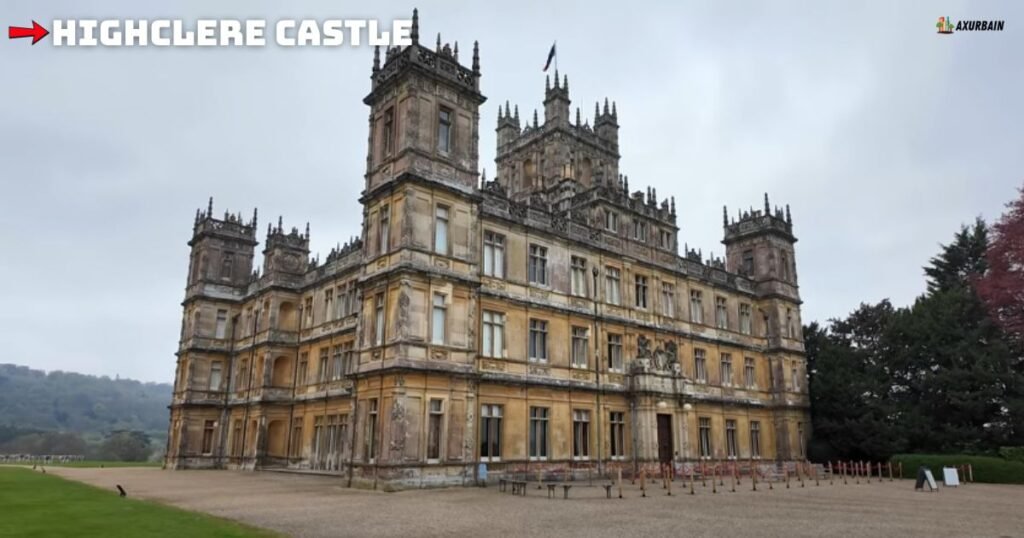
Known today as the set for Downton Abbey. It features steep roofs, detailed woodwork, and asymmetrical designs typical of Victorian mansions.
Edwardian Architecture (1901 – 1910+)
Edwardian architecture is named after King Edward VII and emerged immediately following the Victorian era. It was a reaction to the heavy decoration of Victorian homes. People wanted houses that were simpler, lighter, and brighter, with more space and better air circulation.
This style was influenced by the Arts and Crafts movement, which emphasized the use of natural materials, skilled craftsmanship, and functional design. Edwardian homes kept some decorative elements but were less cluttered than Victorian houses. They often feel airy, welcoming, and practical, while still retaining elegance and charm.
Take a look at full tour of Edwardian house in London. Below video will give you full experience.
Key Features of Edwardian Architecture
Edwardian homes are simpler and more comfortable compared to Victorian houses. They focus on light, space, and practical living while still keeping some decorative charm.
- Houses are often built in straight lines with clear, simple layouts.
- Wider and brighter rooms with plenty of windows make interiors feel airy.
- Red brick or stucco exteriors give a clean and solid appearance.
- White-painted woodwork adds a fresh, elegant touch to doors, windows, and trim.
- Porches with wooden frames provide a welcoming entrance.
- Some homes feature Mock-Tudor cladding and timber details near the roof for a subtle decorative touch.
- Wide hallways enhance movement throughout the house and create a spacious feel.
- Parquet wood floors are a common choice, adding warmth and a polished look.
- Interior decorations are simple and restrained, unlike the heavy ornamentation of Victorian homes.
Overall, Edwardian houses are practical, bright, and elegant, offering comfort without losing style.
Conclusion: Georgian, Federal, Victorian & Edwardian Architecture
Understanding these four classic home styles enables us to see how architecture reflects history, culture, and shifting tastes.
Each style has its unique features, materials, and layouts, yet they are all connected by the desire to create homes that are both functional and beautiful. Knowing how to identify these styles helps homeowners, designers, and history enthusiasts appreciate the stories buildings tell.
No matter your taste, these architectural styles demonstrate how history, technology, and art converge to shape the places we inhabit.
Follow similiar Guides on Axurbain today !!!
Disclaimer: All images used in this article are sourced from various public platforms and belong to their respective owners. We do not claim ownership of any third-party images. If you are the copyright holder and wish to request removal or credit adjustment, please contact us.



